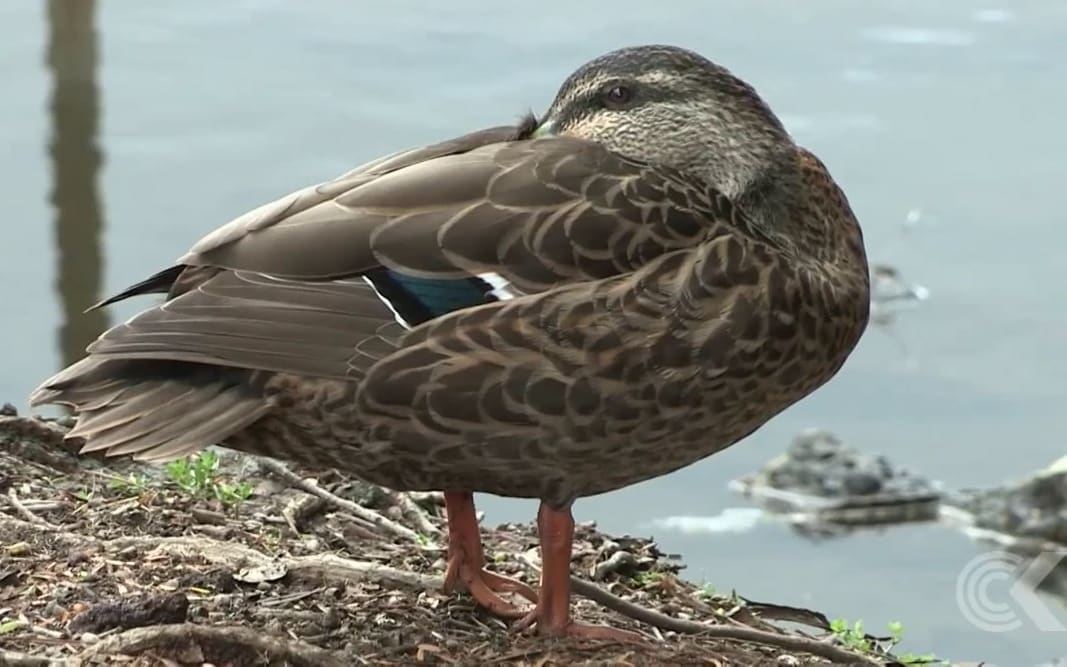A foul-smelling substance splattered over residential properties is most likely to be from waterfowl, and not aircraft toilets flushed while in flight, the Civil Aviation Authority says.

Photo: RNZ / YouTube
The authority said it had investigated numerous complaints since September 2003 where residents, in mostly rural areas, had complained about the substance spread over their homes or cars.
The residents had queried whether the substance came from an aircraft toilet, the authority said.
CAA safety investigations manager Jim Burtenshaw said four inquiries had been received so far this year.
The authority looked into the problem when it first came to light some years ago, he said.
A biologist confirmed that samples consisted of digested plant material most likely from waterfowl such as geese or ducks, flying off after lengthy spring nesting.
A report to the CAA said: "During the nesting incubation period, August to October, the female will sit on her nest for a long period of time. The accumulated excrement is released when flying some distance from the nest."
It said depending on the type of bird, the amount of excrement could vary from half a cup to one cup of waste matter, which is "quite capable of splattering a large surface area".
Mr Burtenshaw said the authority had received reports of airliner toilets failing in flight, but none where their contents were lost overboard.
The CAA said any matter that did leak would be trapped within the pressurised hull, but because aircraft hulls are not 100 percent airtight, there was a possibility that some liquid matter (blue in colour and deodorised) could seep outside.
It said this would leave a 'tell tale' blue streak mark along the outer fuselage which would alert ground staff to a possible leak in the toilet system, but there could be no gaps in the fuselage big enough to allow solid waste to escape.
Mr Burtenshaw said the hull of an airliner was basically a pressurised sealed tube, and leakage of this nature would be a sign of a much bigger problem.
"Something would have to compromise the aircraft structure and if that's happened there's potentially more things to worry about than blue chemical falling out of the sky. What that would mean is the aircraft's been significantly compromised, which means people's lives would then be in danger."
The CAA said if such a hole was to develop, the aircraft would experience a rapid depressurisation requiring an emergency descent.
Mr Burtenshaw, who is also an aeronautical engineer with expertise in the field of aircraft systems, said modern airliner toilets cannot be emptied in flight, but only by a person on the ground.
"It's not a simple process to empty one ... well, it's reasonably simple, but let me assure you - if you get it wrong it all ends badly."
The CAA also said an aircraft typically travels at considerable height, and at speeds of between 200 to 800 kilometres an hour, which means in the rare event any liquid did leak out it would very quickly evaporate in the atmosphere.
The authority advises anyone affected by airborne effluent to immediately collect a sample in a sterile container and contact their local council for advice.



